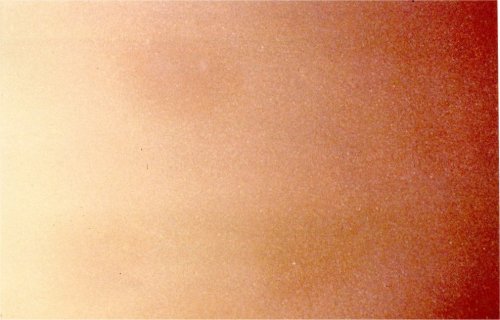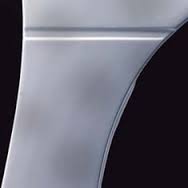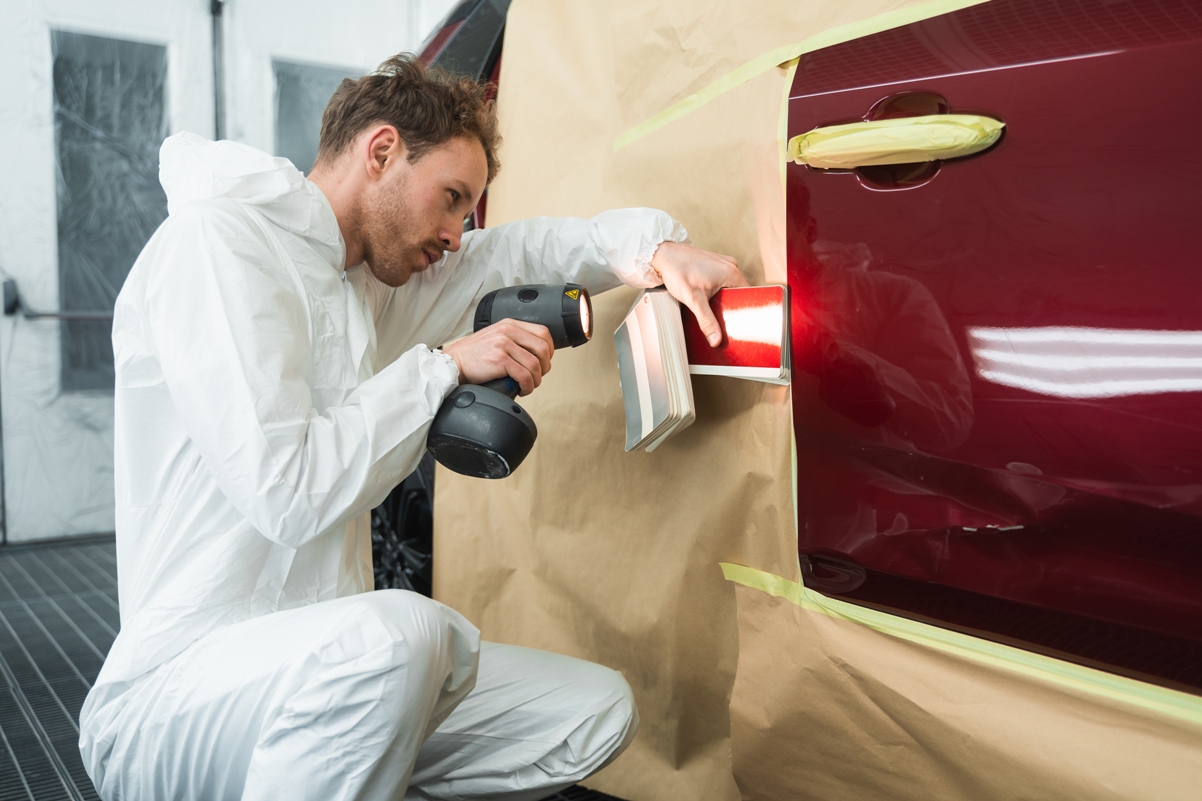It is a well-known fact that re-work and correction of spraying defects in a bodyshop are the main reason of the profit drain. Your customer will never pay you to correct your mistakes, thus it will always come out of your pocket. Knowing why pain defects occur, and most importantly, how to avoid these from happening is the key for success in the car refinishing business. This is why I will try to present to your attention all the information available for paint defects in the collision repair shop. In this post we will speak about “mottling” defect.
Mottling (or clouding, striping, shadowing, bleaching, misting, floating, precipitation, misting etc) is a colour variation type of paint problem due to uneven distribution of metallic flakes. From the definition, it is clear that this kind of problem happens to metallic base coats, especially to silver colours with coarse metallic particles.
There are four groups of causes for mottling. I prefer to group them because it is easier to spot the reason for this defect in each particular case.
1. Incorrect spray gun set-up.
– Incorrect nozzle size
– Wrong type of air cap used
– Too high atomization air pressure in the cap
– Not enough volume of air (in case of the HVLP spray gun, which requires high air volumes)
– Spray fan pattern is incorrect
2. Wrong spraying techniques
– Spray gun distance from the surface is incorrect (too close)
– Spraying speed is incorrect (too slow)
– Αpplication of basecoat is too wet (mainly due to the first two application technique problems)
– Overlap between gun strokes is uneven
3. Failure to follow material’s TDS and application guides
– Mixing or stirring of paint is not good enough
– Not sufficient time between base coat layers
– Not sufficient time between base coat – clear coat application
– Using of wrong solvent (too quick)
4. Unfriendly environmental conditions in the body shop/spray booth
– Surface temperature is inappropriate (too cold)
– Humidity is inappropriate (too high)
Remedy
– If mottling appeared prior to clear coat application, a light control coat (with lower air pressure, increased gun distance and further reduced base coat) will even out aluminum flakes
– If mottling appeared on waterbased base coat than apply uniform finish on wet base coat
– If mottling appears after clear coat application, sand and re-paint
Tips
– If you apply clear coat too wet, metallic particles may re-float, causing clouding. Apply a mist coat of clear coat first.
– Know your material. Different paint systems behave differently. One of the causes for mottling is in base coat’s low solvent resistance, and as a result solvent from clear coat penetrates into paint film and re-arranges the metallic flakes.











